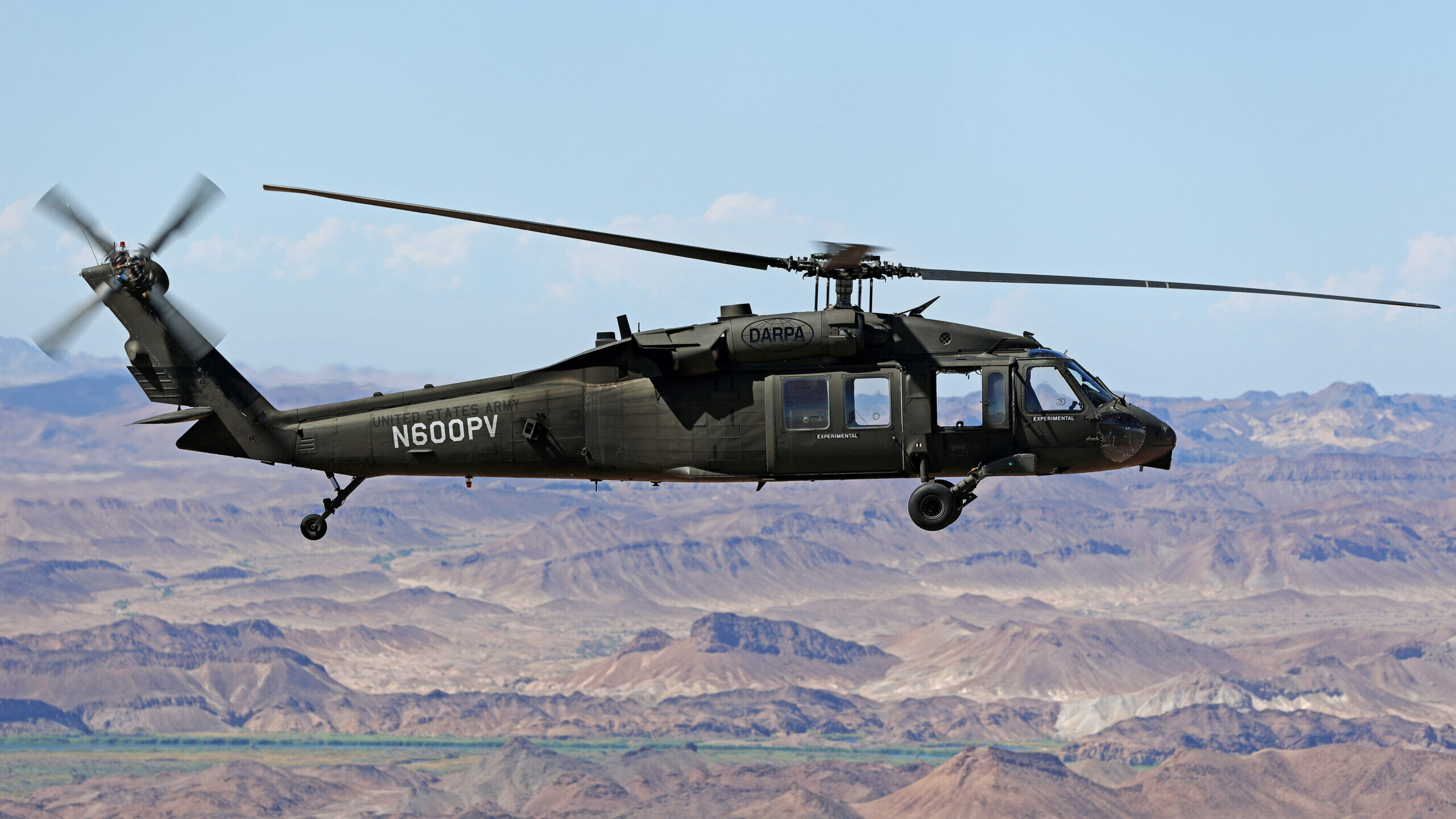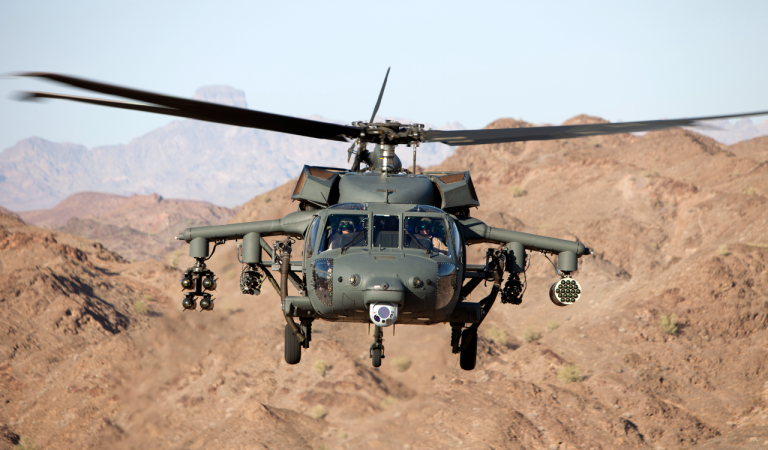The Future of the UH 60: Technologies and Upgrades for Boosted Performance
The Future of the UH 60: Technologies and Upgrades for Boosted Performance
Blog Article
Necessary Truths and Insights About the UH-60 Helicopter
The UH-60 helicopter, a keystone of modern military aviation, has actually advanced substantially given that its intro in 1979. Understanding the ins and outs of the UH-60's role discloses a complicated story of innovation and adjustment that qualities better exploration.
History of the UH-60
The UH-60 Black Hawk helicopter was created in the late 1970s as part of the United States Army's effort to replace the older UH-1 Iroquois. The demand for a much more versatile, durable, and capable airplane emerged from the lessons found out throughout the Vietnam Battle, where the limitations of the UH-1 came to be obvious. In 1972, the Army initiated a program to acquire a brand-new utility helicopter, culminating in a competitive layout stage that saw numerous suppliers submit proposals.
Sikorsky Airplane was eventually granted the agreement in 1976, and the very first prototype of the Black Hawk took flight in 1974. Its design focused on advanced innovation, including a four-blade rotor system and a modular building that enabled fast field upkeep and flexibility to numerous missions. Officially getting in solution in 1979, the UH-60 promptly came to be the backbone of Military aviation, offering in a wide range of functions such as army transportation, medevac, and logistical support.
Over the years, the Black Hawk has gone through various upgrades and alterations, strengthening its standing as a crucial property in army procedures around the globe (UH 60). Its durable efficiency remains to meet the advancing demands of modern war
Design and Functions
Incorporating sophisticated engineering principles, the UH-60 Black Hawk includes a smooth, wind resistant layout that improves its efficiency and efficiency. This twin-engine energy helicopter is identified by its distinctive silhouette, with a high-mounted, four-blade major rotor system that supplies exceptional lift and stability. The rotor blades are built from composite products, contributing to their longevity and lowering maintenance requirements.
The fuselage is designed for optimal weight circulation and structural stability, enabling an optimum gross weight of about 22,000 pounds. The cabin format helps with flexible setups, fitting numerous missions, from troop transport to medevac procedures. Additionally, the cabin is equipped with advanced avionics, consisting of digital displays and multi-functional systems that enhance situational understanding.
The UH-60 additionally integrates composite products in its airframe, which lower radar cross-section and improve survivability in aggressive atmospheres. Its retractable landing equipment simplifies the aircraft's profile, further adding to its wind resistant effectiveness. On the whole, the thoughtful integration of layout components and products not just enhances the Black Hawk's operational capabilities but additionally ensures that it continues to be an important property for goals throughout varied terrains and conditions.
Functional Capacities


The UH-60 is furnished with sophisticated avionics and navigation systems, facilitating operations in challenging climate condition and low visibility situations. Its robust layout enables it to carry out in high-altitude and extreme temperature level conditions, further extending its operational range. The helicopter's twin-engine arrangement supplies redundancy and enhanced efficiency, making certain reliability during critical goals.
Furnished with advanced communication systems, the Black Hawk enhances situational understanding and sychronisation amongst military systems. Additionally, its capability to carry out aerial reconnaissance and support close air assistance goals highlights its important role on the battlefield. Generally, the UH-60 Black Hawk's operational capacities are a testimony to its significance in modern-day armed forces aviation, effectively fulfilling the demands of a quickly advancing operational landscape.

Variations and Adjustments
Numerous versions and alterations of the UH-60 Black Hawk have actually been established to meet certain goal requirements and boost its operational adaptability. The most significant version is the UH-60L, which presented updated engines, enhanced avionics, and enhanced cargo capability. Additionally, the UH-60M variant features progressed electronic avionics, a more powerful engine, and boosted survivability systems, making it official website ideal for a larger selection of goals.
The HH-60G Lead Hawk is an additional specialized variation, developed for search and rescue operations. It is equipped with advanced navigation systems, external fuel containers, and medical emptying abilities. In a similar way, the MH-60R Seahawk is enhanced for anti-submarine warfare and maritime procedures, boasting sophisticated radar and sonar systems.
Additionally, the armed variations, such as the AH-60, are customized for direct strike functions, including tool systems like rockets and gatling gun. The UH-60's versatility is more showcased in its capability to be fitted with mission-specific tools, including cargo hooks for transportation, army transport interiors, and reconnaissance sensors.
These adjustments and variations underscore the Black Hawk's vital duty in contemporary military operations, showcasing its ability to adjust to developing mission demands.
Role in Humanitarian Efforts
The UH-60 Black Hawk has tipped up to play an important role in altruistic efforts around the world, showing its adaptability beyond military applications. This multi-mission helicopter is furnished to perform a selection of missions, consisting of clinical evacuations, calamity alleviation, and logistical support in difficult settings.
During all-natural calamities, such as earthquakes and typhoons, the Black Hawk has actually verified important for transporting alleviation products and workers to affected locations. Its ability to run in austere problems permits it to reach remote areas that might be hard to reach by ground transportation, making sure timely assistance to those in need.
In Addition, the UH-60 is frequently used for medical discharge objectives, quickly delivering hurt individuals to medical centers. Its advanced medical capabilities, including space for medical employees and equipment, make it possible for life-saving treatments during vital situations.
In international procedures, the Black Hawk often teams up with humanitarian companies, showcasing its flexibility and reliability. By leveraging its abilities, the UH-60 not only supports army purposes yet likewise plays an important role in saving lives and minimizing suffering during altruistic dilemmas worldwide.
Verdict
The UH-60 helicopter has actually developed itself as a vital possession in army operations since its introduction, identified by its robust layout and functional capacities. The UH-60's contributions expand past battle, playing a significant duty in altruistic efforts worldwide.
The UH-60 Black Hawk helicopter was developed in the late 1970s as component Full Article of the United States Army's initiative to replace the older UH-1 Iroquois.Including advanced design principles, the UH-60 Black Hawk includes a smooth, aerodynamic layout that boosts its efficiency and effectiveness.Maximized style and advanced engineering permit the UH-60 Black Hawk to succeed in a range of operational functions. Generally, the UH-60 Black Hawk's operational capabilities are a testament useful reference to its significance in modern army aeronautics, effectively satisfying the needs of a swiftly evolving functional landscape.
Numerous versions and alterations of the UH-60 Black Hawk have been developed to meet certain objective demands and enhance its functional versatility.
Report this page